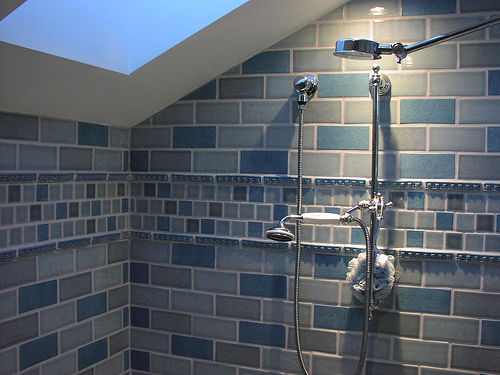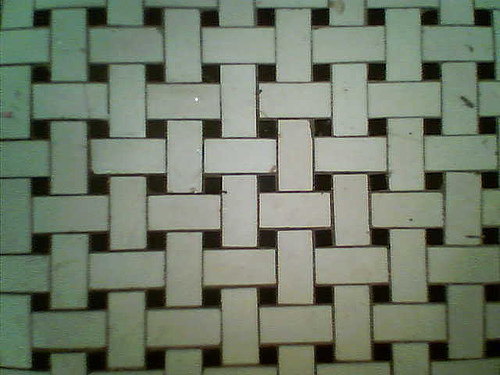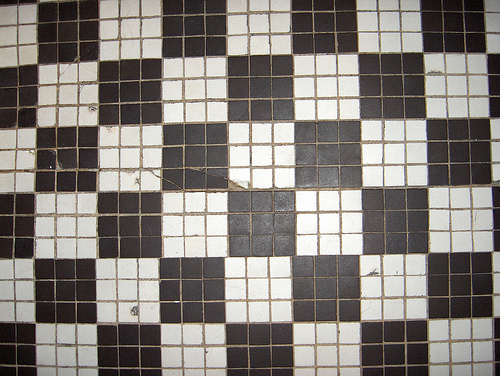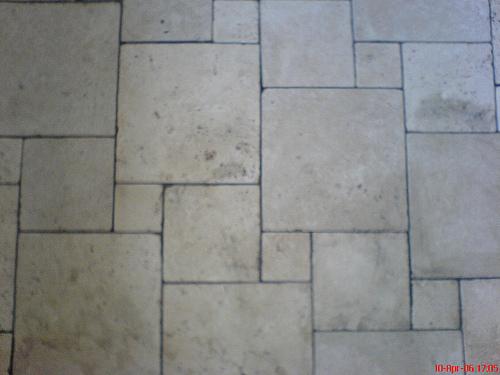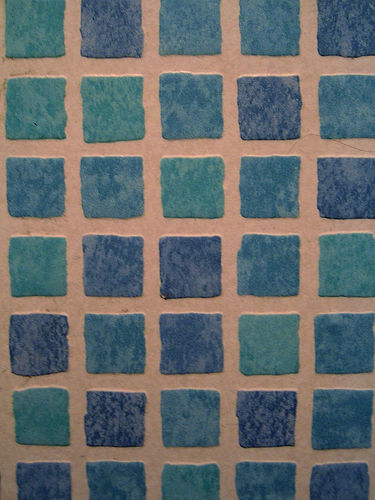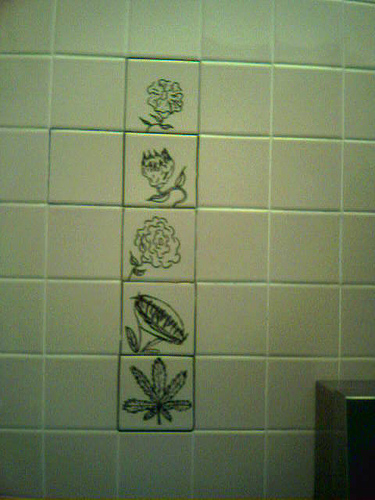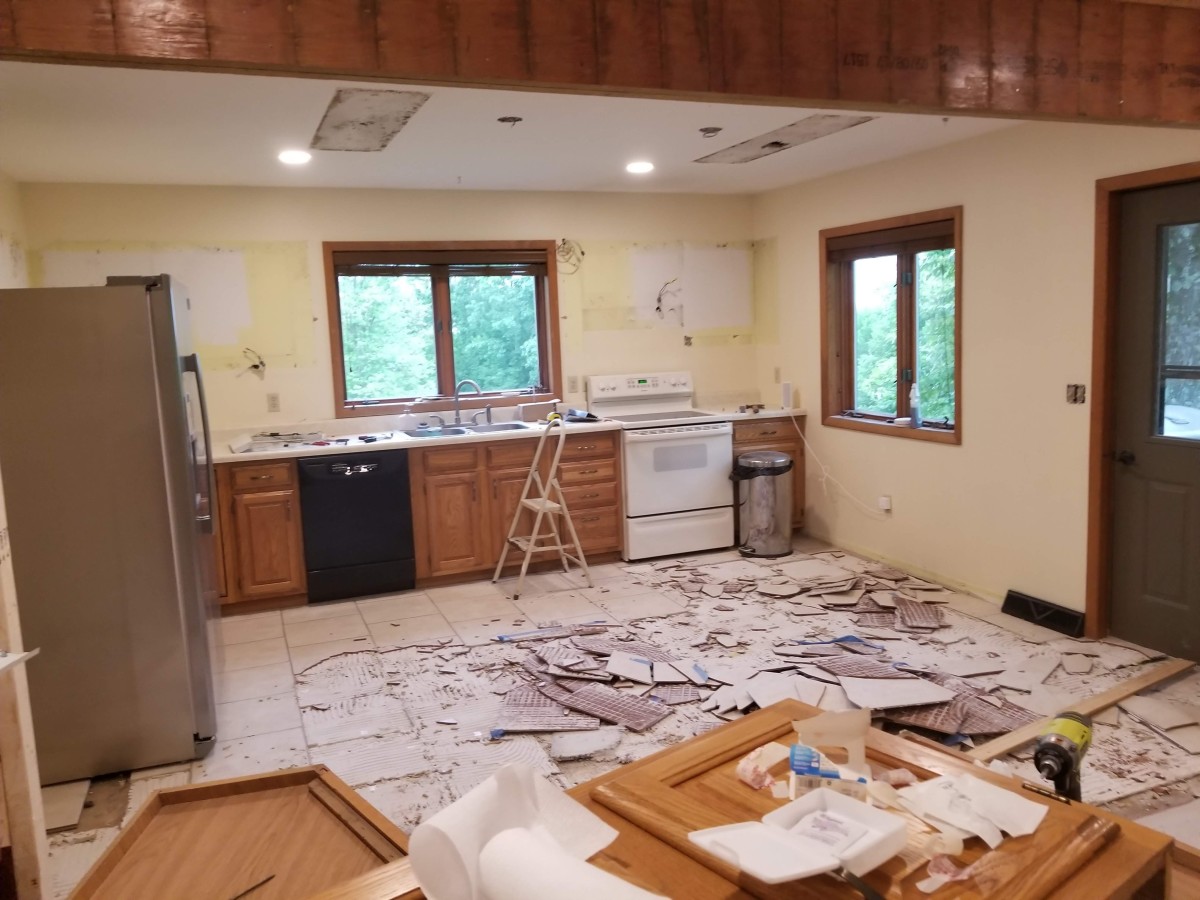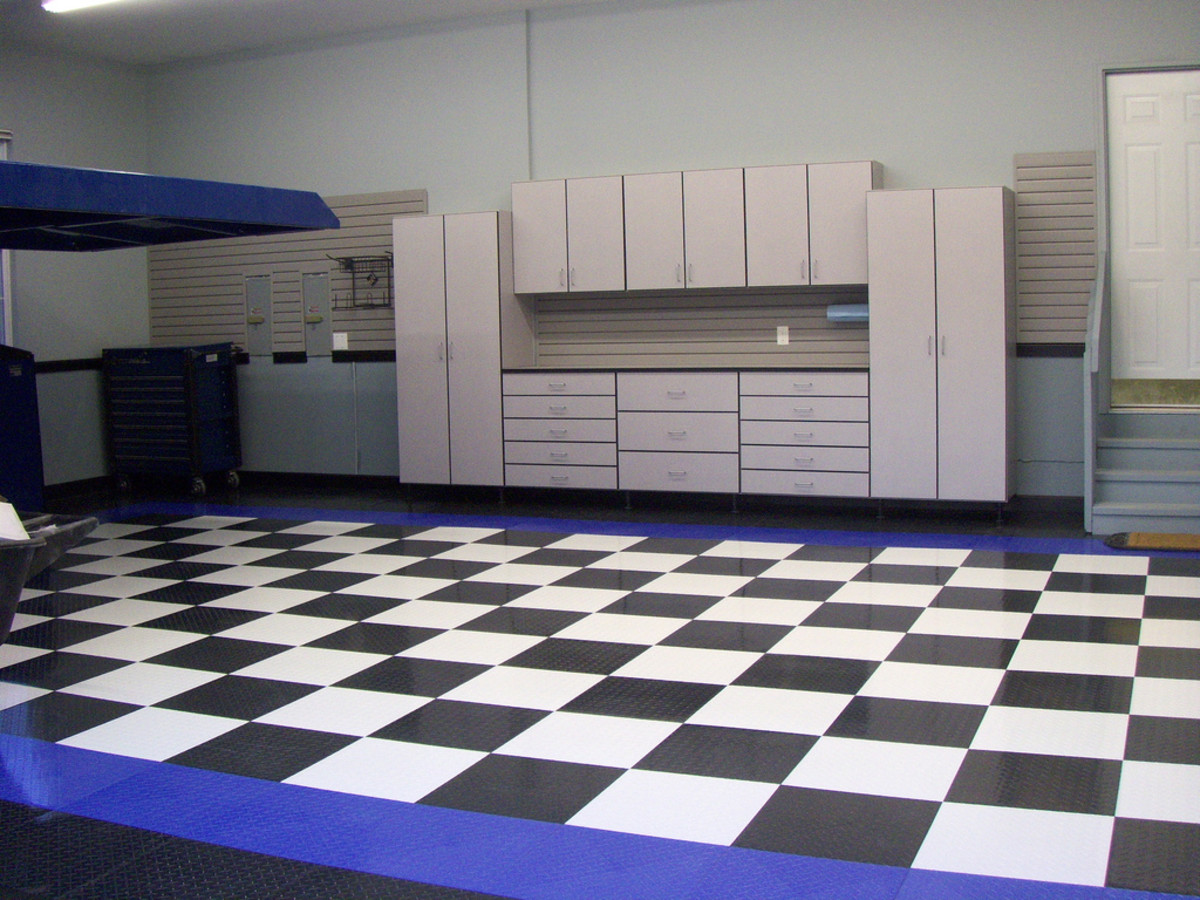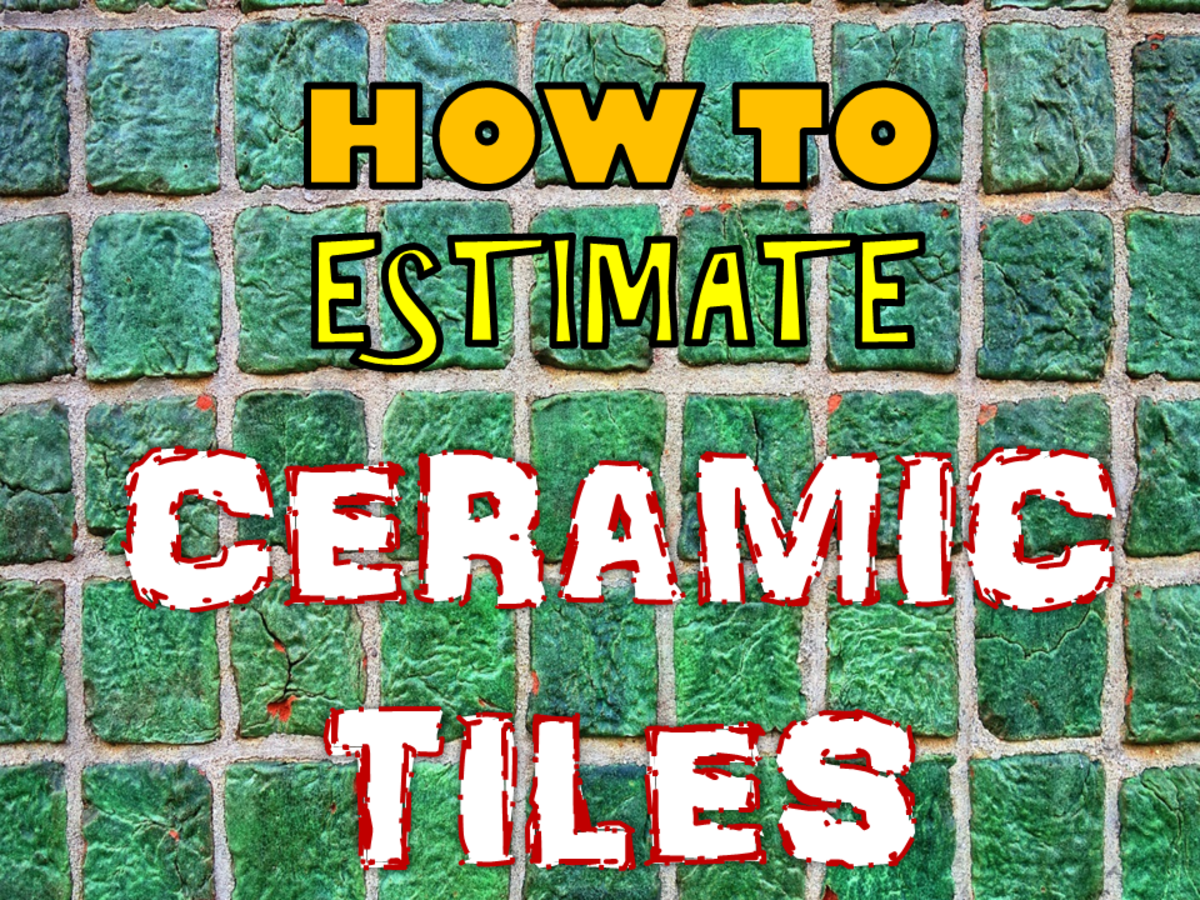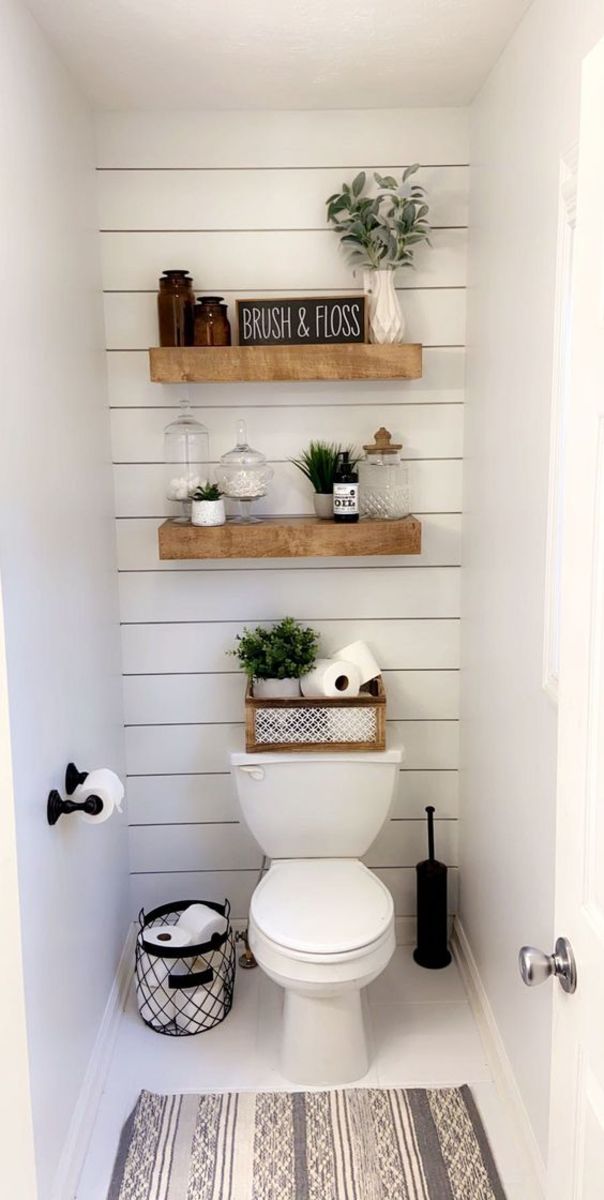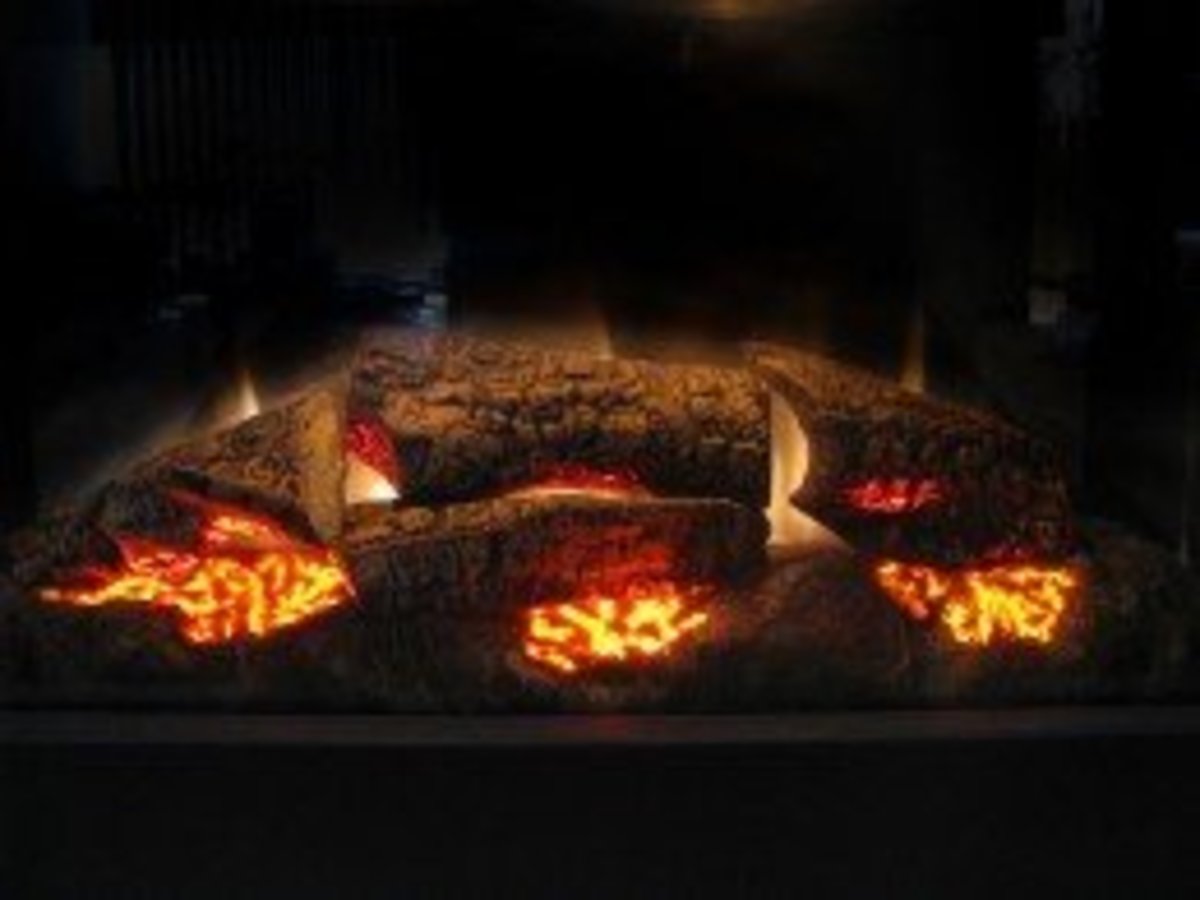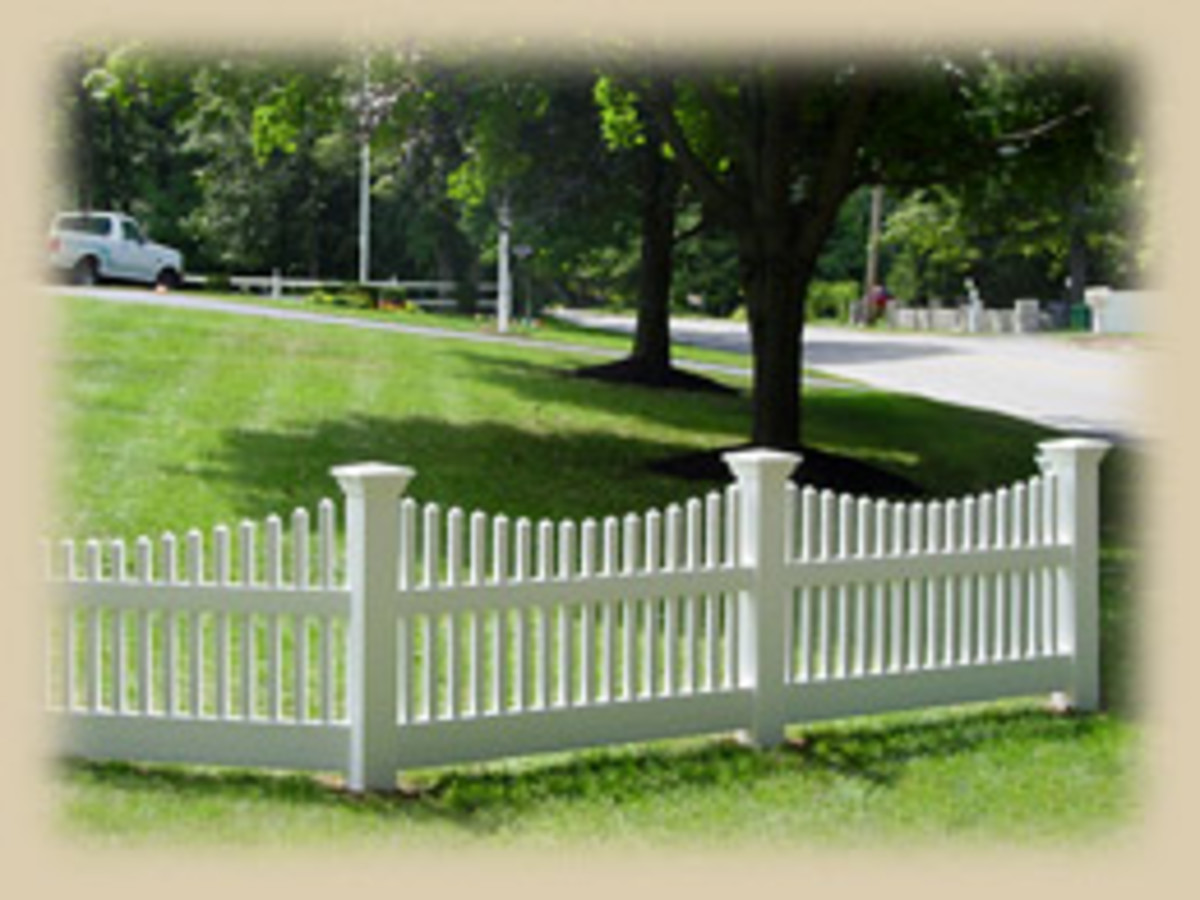Bathroom Tile
When you are remodeling a bathroom or designing a bathroom for a new home, you will most likely consider using bathroom tile. Tile is a great choice for bathroom floors and walls because it can get wet without adverse effects. Ceramic tile, in fact, is the best choice for that reason. Ceramic is durable and has the best resistance to dampness. In addition, bathroom ceramic tile is easy to clean and safe to walk on when it is wet. Because all the surfaces in your bathroom will get at least a little damp at some point or another, bathroom tiles are used on surfaces other than the floor. Bathroom wall tiles are also very popular. Some people have bathroom tile designs that only cover half of the walls from the floor to a chair rail while others only incorporate tile in the tub or shower area. Bathroom tiling can also include tile on counter tops. Almost any surface in the bathroom can be tiled.
Examples of Different Tile Desings
Click thumbnail to view full-size





Bathroom Tile Design Tips
The wetness is only one reason to use tile in your bathroom. Bathroom tile design is exiting because bathroom tiles come in all different shapes and sizes. You can have square tiles as large as one foot by one foot or small square tiles as small as one inch by one inch. Tiles come in shapes other than square. You can find bathroom floor tile and bathroom wall tiles shaped like squares, rectangles, hexagons, octagons, or diamonds. The different shapes and sizes can be mixed and matched to yield very interesting bathroom tile patterns. If you are trying to come up with new bathroom tile ideas, you might want to try designing your own geometric design with a drawing program or a piece of bathroom remodeling software. Sometimes just playing around with different shapes will lead you to an original design that can make your bathroom truly outstanding.
Using a combination of shapes and sizes is only one way to come up with an exciting bathroom tile design. Using color accents can also make a difference. If you are using white or off white tiles then it makes it interesting if you occasionally use a brightly colored tile or a tile with a print to make the room more interesting. You can then use the colors in those tiles in the decorating of the rest of the bathroom to tie the random tiles into the overall aesthetic. Of course, bathroom tile does not have to be white, you can purchase tiles in many different colors and textures. One thing to keep in mind is that lighter colors make a space look larger. If your bathroom is small the last thing you want to do is use dark blue or black tiles. The tiles are not the only thing you can vary to get touches of color. You can use colored grout if you want. Colored grout works well with lighter colored tiles or tiles with prints.
There are a few other basic tile design tips to keep in mind. First, small changes in the pattern or small touches can make a big difference. Do not try to design anything too elaborate. With bathroom tile, less is usually more. It finishes the look well if you use border tiles when only tiling part of a wall. The border tiles are usually thin rectangular pieces that stand out and make a distinct and noticeable border. If you are planning to use the same colored tiles on both the floor and the walls, then it might be a good idea to use different sized tiles on one or the other so things do not get too boring. If you are bored with traditional tile designs then another way to mix things up is to lay the tile diagonally in the room rather than parallel to the walls. This method takes a lot more planning and skill, but it look great when finished.
How to Install Bathroom Floor Tile
Bathroom Tile Installation Tips
Once you have chosen your bathroom tile, there are a few tips on how to tile a bathroom that you need to keep in mind. One of the first obstacles you need to overcome is determining how many bathroom floor tiles or bathroom wall tiles you need to buy and what the project is going to cost. The best thing to do is measure carefully. Calculate the square footage of the area you want to tile and then add 20 percent to account for broken tile and tiles that will need to be cut to fit into oddly shaped areas. For trim tile you want to measure the amount you will need in linear feet and then always round up to the next highest foot. Once you determine the square footage of regular tile and linear feet of trim tile you will know how much your tile will cost. You can pick a product that falls within your budget. Do not forget to account for the grout and sealer. It is common to assume about one dollar per square foot for these consumables.
The next bathroom tiling tip that is important is that you need to start with a clean and level surface. If your bathroom floor or walls are dirty, the adhesive will not work as well and you run the risk of tiles coming loose or falling off in the future. Always vacuum and mop all the surfaces thoroughly before you start a tiling project. If your floor is not level, you will run into problems with the til sitting straight and fitting into the space appropriately. You can test to make sure your floor is level by laying a two by four across various sections. If you notice gaps then you should fill in the lower areas with floor leveling compound or lay a plywood subfloor to work on. It is also important to remove as many obstacles as possible so you can limit the number of cuts you need to make. For example, remove the toilet basin and tile the floor underneath it if possible. It can be very tricky cutting tile to fit nicely around a round shape. The more open space you have to work with the easier your bathroom tiling project will be.
Before you bought you tile, you probably had a bathroom tile design in mind. Before starting to use any adhesive, you should lay out your bathroom floor tiles and bathroom wall tiles in the pattern you want to use. That way you can double check that you have all the right materials and that you like your design. Once you start gluing tiles down there is no going back. Once you have your design laid out the way you want it you can start to apply adhesive. You should spread the tile adhesive on the floor or wall with a notched spreader and then carefully place your bathroom tiles on the adhesive using 5 mm spacers in between each tile. Work on several small areas rather than one large one so that the adhesive does not start to dry or set while you are still laying tile. Tiling walls is slightly more complicated than tiling floors. Watch the video below for tips on tiling walls.
How to Install Bathroom Wall Tiles
After the tile sets and the adhesive is dry, you can start to apply the grout. Once the grout has partially set, you can use a damp sponge to wipe away any excess grout and let everything dry completely. The drying process can take several days. Once you are confident that everything is dry, use a sealer to make sure no hard work goes to waste.

